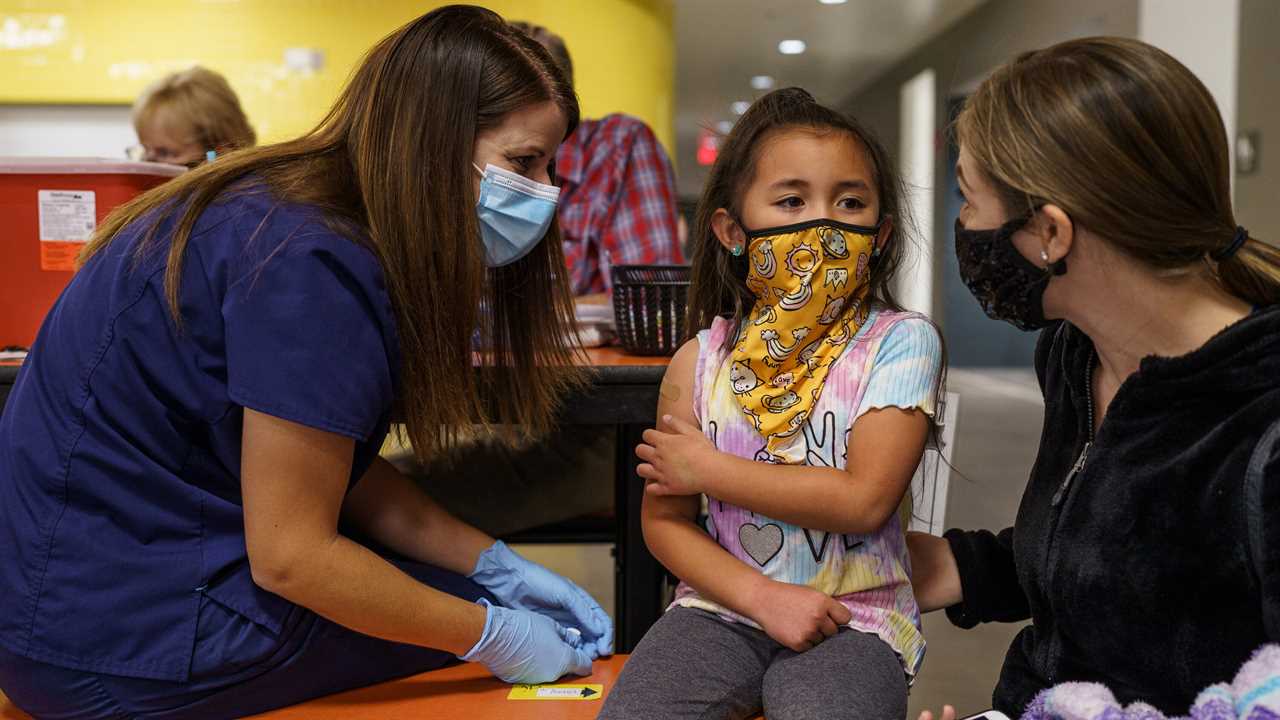
Last month, Pfizer and BioNTech delayed seeking emergency authorization for their coronavirus vaccine in young children after data gathered during the Omicron surge showed two doses were less than 50 percent effective against symptomatic disease, according to people familiar with the situation.
Now Moderna is seeking such authorization even though its vaccine showed similarly weak efficacy against the Omicron variant.
Whether the Food and Drug Administration, the Centers for Disease Control and Prevention and the public will be willing to accept Moderna’s average efficacy rate of about 40 percent for children under 6 is unclear.
While Americans have been hearing for months that the vaccines are less potent against Omicron in all age groups, 40 percent is below what many vaccine experts consider the minimum standard for effectiveness against Covid disease. The standard initially set for adult coronavirus vaccines was at least 50 percent effectiveness against symptomatic infection.
All three authorized vaccines vastly surpassed that. But now Omicron’s uncanny ability to dodge the immune system’s defenses is changing the calculus, leaving an open question: How effective must a pediatric Covid vaccine be?
So far, no standard has been set. Federal regulators authorized the Pfizer-BioNTech vaccine for those 12 to 15 in May, after a trial showed zero infections in the vaccine arm and 18 in the placebo group — a ratio Pfizer described as 100 percent efficacy. But the F.D.A. relied only on immune response data — the level of neutralizing antibodies the vaccine produced — in authorizing the Pfizer vaccine in October for children 5 to 11.
At the time, the agency was unwilling to wait for infections to slowly accrue in the trial population to estimate efficacy. But the Omicron variant infected so many people over the winter, including young trial participants, that both Moderna and Pfizer were able to gauge efficacy.
Pfizer and BioNTech decided last month to hold off on seeking emergency use authorization after disappointing data, gathered during the Omicron surge, on the effectiveness of two doses. The companies had always planned to pursue a three-dose regimen, but the F.D.A. had hoped two doses would be strong enough to at least get the vaccination campaign for the nation’s younger children started. Both the F.D.A. and the companies agreed to wait, however, after seeing the Omicron data.
Pfizer has said it will have data on how well three doses work in early April. That could allow the F.D.A. to compare Moderna’s two-dose and Pfizer’s three-dose results before deciding on both applications. Moderna is saying it expects young children will need a third dose as a booster, but is hoping for authorization for a two-dose regimen to start.
Young children generally don’t get severely ill from Covid. But according to one data set released by the C.D.C., 347 children younger than 5 in the United States have died of Covid since the start of the pandemic. C.D.C. officials say that data is the most reliable because it is based on death certificates; other estimates are higher.
There is clearly a demand to protect the youngest children, especially as more of the country unmasks, more parents return to workplaces and more normal patterns of life resume.
Dr. Caitlin Elgarten, a pediatrician in Philadelphia, enrolled her two-year-old son and four-year-old daughter in Moderna’s trial. She has been anxiously awaiting the results.
She said she was concerned about the potential of long Covid, with its lasting health consequences, should her children get sick. She also said the 10-day quarantine that many day care centers enforce for infected children “is a huge strain on life and families.”
“It does feel like the world is moving on,” she said, “while we either have to just accept the risk or keep limiting ourselves when no one else is.”
Did you miss our previous article...
https://trendinginthenews.com/usa-politics/qanon-cheers-republican-attacks-on-jackson-democrats-see-a-signal






